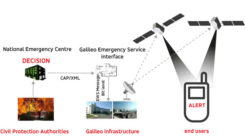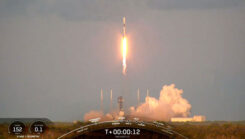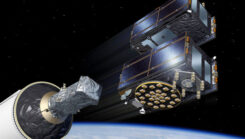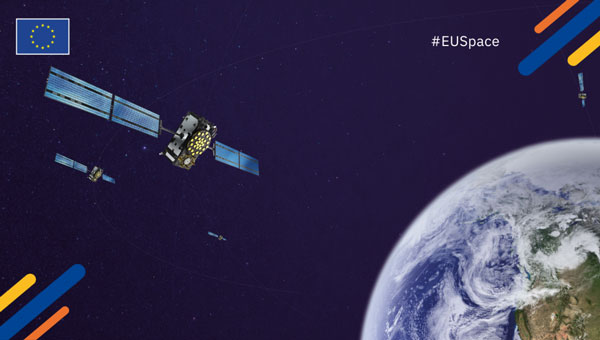
New services and capabilities for Galileo
December 20, 2024
Galileo services continue to expand with many new capabilities that are unique with respect to other GNSS.
Read More

Galileo services continue to expand with many new capabilities that are unique with respect to other GNSS.

The European Union Agency for the Space Programme (EUSPA) has awarded GMV a framework contract to deliver new Galileo functionalities under the EmeRgency Alerting System (ERAS).

EUSPA has awarded GMV a six-year framework contract to upgrade the European GNSS Service Centre (E-GSC) infrastructure.

SpaceX has launched the latest pair of Galileo satellites from the Kennedy Space Center in Florida. The SpaceX Falcon 9 rocket carried satellites 31 and 32 (FM26 and FM32) to their designated orbits.

Galileo satellites 29 and 30 have reached their target positions at an altitude of 23,222 km and are now fully operational three months after being launched from Cape Canaveral, Florida, by SpaceX.

On April 27, 2024 the SpaceX Falcon 9 medium-lift launch vehicle launched into orbit Galileo satellites GM25 and FM27 from Kennedy Space Center in Florida. This was Falcon 9’s 20th and final launch.

Current state of the art multi-frequency GNSS receivers operate by receiving L1 first and then L5. L5-first is […]

EUSPA has published a technical document detailing the main characteristics of the new Galileo Emergency Warning Satellite Service (EWSS).
Follow Us